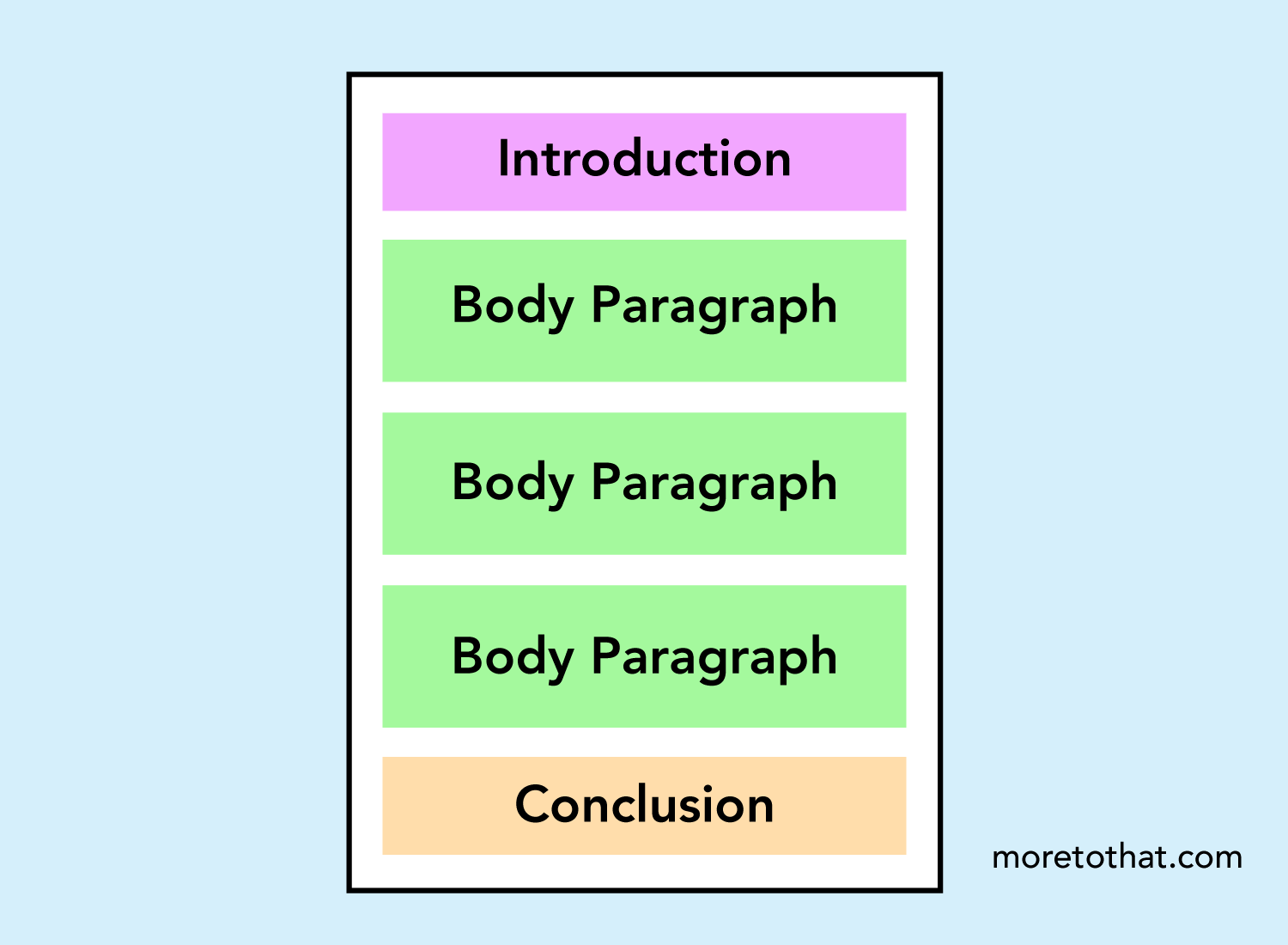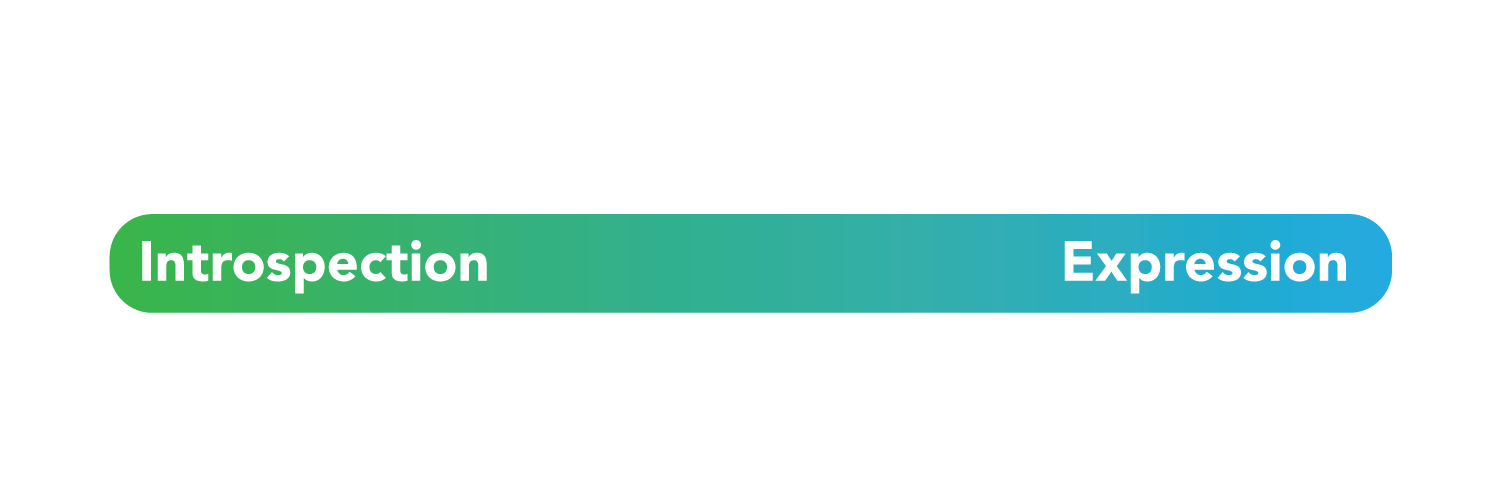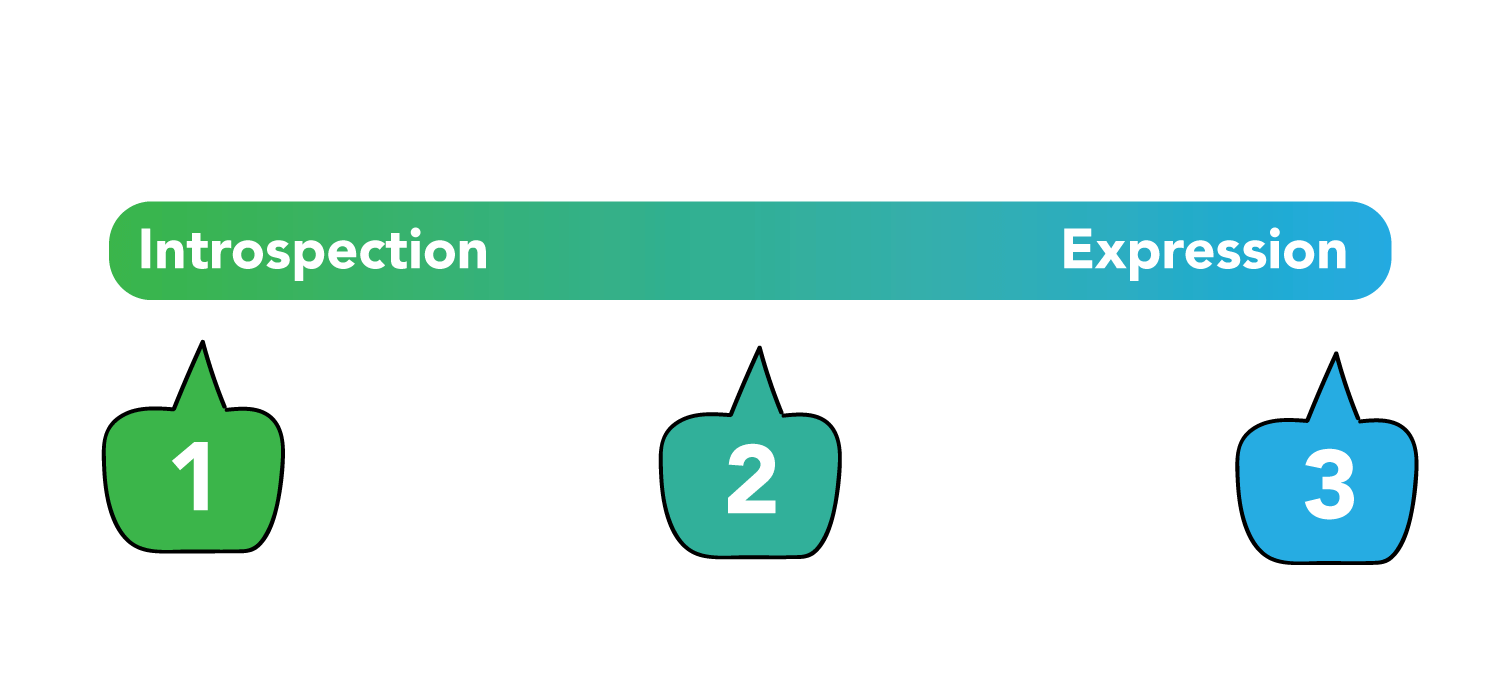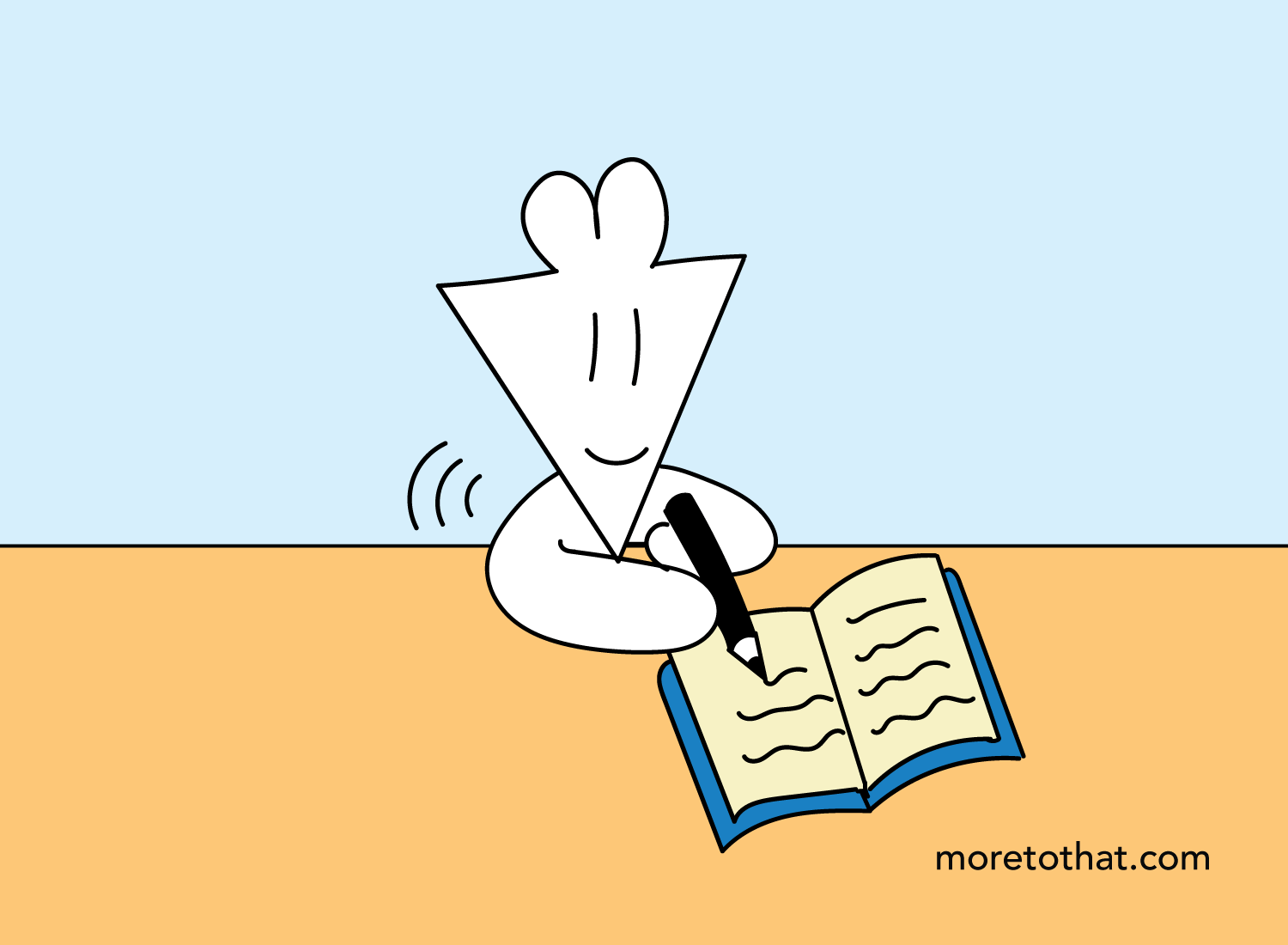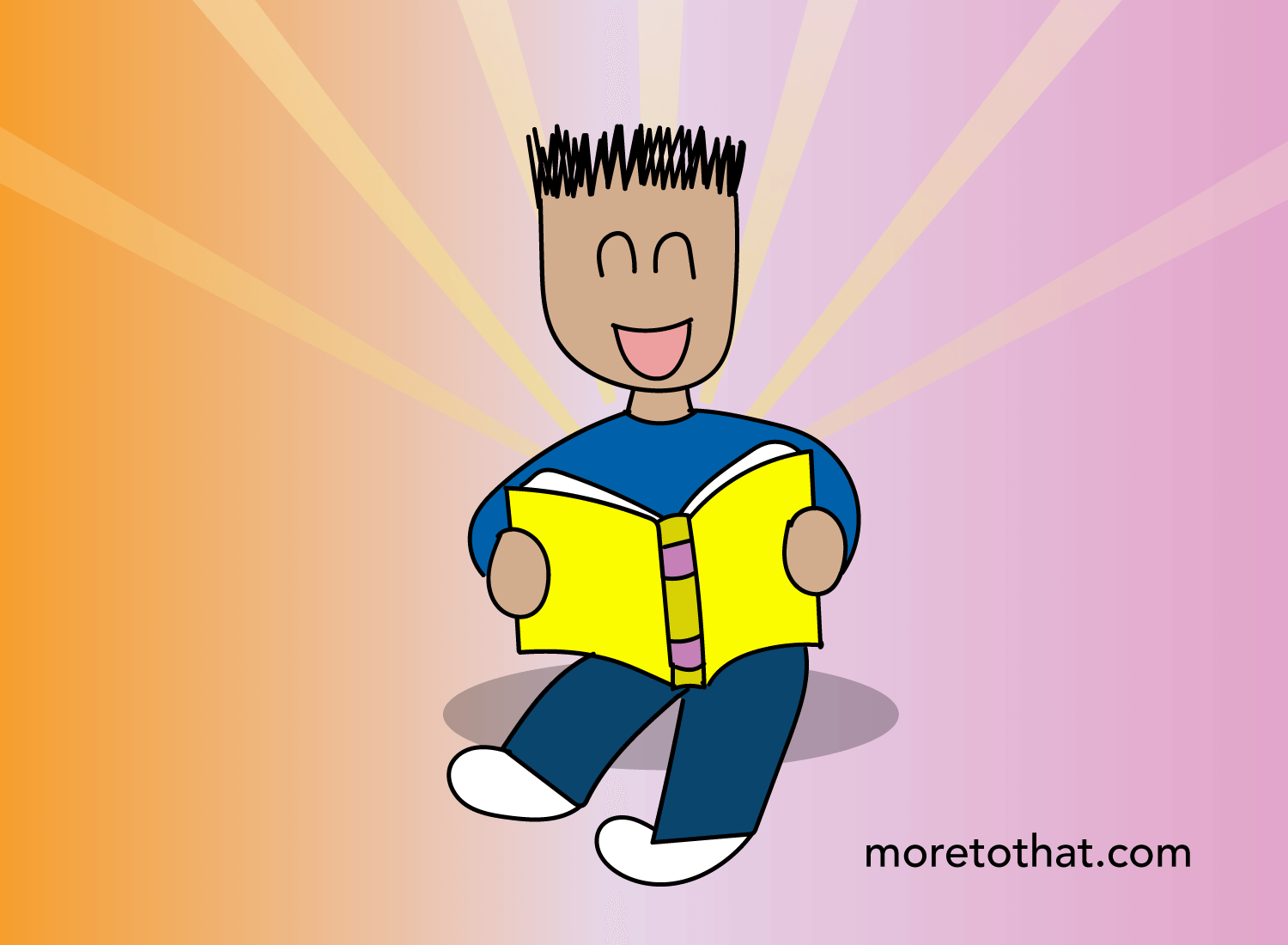More To That: The 3 types of writing ✍️
|
Hey friends, I have a new post to share today on how writing can change your life. But first, 2 announcements: (1) Enrollment for my flagship course, Thinking In Stories, is now open. There are many courses out there on writing and content creation, but few on mastering the skill of storytelling. This is interesting because storytelling drives everything. Want to persuade people at work? Learn storytelling. Want to build a readership with your writing? Storytelling. Want to keep people engaged with your videos? Storytelling. The list goes on. Storytelling is the foundational skill of all communication, and needs to be understood to make progress in any medium. Thinking In Stories distills this art into a simple and practical method that you can use at anytime, for any idea of your choosing. Seats are limited, and the last 2 cohorts sold out. Join now to secure your spot:
(2) I will be hosting a free workshop next Friday, January 17th, at 10 AM PT. It’s called How to Frame Your Story (So People Care), and I’ll be sharing a practical tool you can use to present the central point of your story. This is one of the key frameworks in the Thinking In Stories method, and is one that you’ll find throughout my own work as well. I’m excited to share it with you next Friday. 👉 Click here to register for the free workshop. All right, now onto today’s new post. Many people say that writing has changed their lives, both personally and professionally. That has certainly been the case for me, and I started reflecting on why this is the case. What about writing creates this huge opportunity for growth? Well, I’ve realized that there are 3 forms of writing that contribute to this pattern, and it’s important to understand each one. There’s a lot to go over, so when you’re ready, let’s dive right in. *Note: For the best reading experience, read this post on the site. A great tragedy of the education system is its inability to make writing an appealing skill. In fact, it feels like the system has been intentionally set up to make writing an absolute slog, which stunts intellectual growth and directs students to the path of conformity. Consider the 5-paragraph essay for example. For those of you unfamiliar with this concept, this was (and still is) widely taught in high school, where you are told to structure an argument in 5 distinct paragraphs that look something like this:
You state your argument in the opening paragraph, provide supporting points in the subsequent 3 paragraphs, and conclude by re-iterating your argument. If you follow this structure well, then you’ll get an A and are told that you’re a wonderful writer. First off, I don’t know a single person who felt called to writing as a result of learning this concept. If anything, I saw the opposite. People who enjoyed writing in their spare time because disillusioned with the practice after being taught that there was a standard way to do it. Second, who actually enjoys reading this kind of essay? Your English teacher may feign interest because her salary depends on it, but no one in their right mind would place a 5-paragraph essay amongst their Mount Rushmore of literary works. No matter how great of a writer you are, the fact that you’re structuring your thoughts into a preset mold nullifies any potential toward greatness. And yet, this is what we are taught.
After years of this, it’s no surprise that people exit the educational system with a deep distaste for writing. Its purpose seems to be an obstacle you have to overcome to graduate, and once you do, you can finally be done with it. You can move onto the things you enjoy, which have nothing to do with jotting your thoughts down on a page… What you’ll quickly realize, however, is that this isn’t how it works. That’s because a functional adult life orbits around writing. You want that job? You better know how to write a great resume and a cover letter. You want that date? You better know how to write messages that don’t make you seem like a fool. You want to get promoted? You better know how to communicate with your team through compelling emails. You want to build an audience? You better know how to convey your thoughts through a blog, newsletter, social media, book, or a YouTube script. You want to sell your services or products? You better know how to communicate the value you’re providing by writing out what it is. The list of things requiring the skill of writing is endless. The problem, however, is that we’ve been conditioned to believe that writing is this boring, academically rigid thing that only applies in a classroom setting. The liberating truth is that it pervades everything we do, so it’s worth reframing it so you can harness it. The daunting truth, however, is to know where to begin. Consider this post a primer in re-thinking the craft of writing. As it turns out, there are 3 ways to use writing as a guiding practice for the direction of your whole life. That may sound grandiose, but once we get into it, you’ll see why I have confidence in saying this.
Let’s start with the claim that a well-lived life oscillates between two ends of a spectrum:
Introspection is about thinking through the course of your life and reflecting on how it’s going. It’s to find ways to calibrate your inner compass and to gain clarity into how you’re feeling. Simply put, it’s an exploration of your inner world. Expression is about communicating and conveying your ideas to others. There’s a communal aspect to it, whether you’re trying to find your tribe or you’re looking to help others that you believe you can help. Simply put, it’s a connection with the outer world. It’s a spectrum because life isn’t about one or the other. Periods of contemplation are followed by periods of activity, and there is a cyclical nature of sorts. But both are required to feel that your life has purpose and meaning. Writing is what will deepen your involvement in both worlds, and will help to bridge the two as well. That’s because the three types of writing can be mapped out across the spectrum quite nicely, like so:
So what are the types of writing hiding between each of those numbers? Well, they are as follows:
We’re going to touch upon each of them, and I’ll also provide some practical ways you could incorporate them into your own practice. Let’s start from the top. 1. Write-to-releaseIn The Artist’s Way, Julia Cameron popularized the idea of Morning Pages, where you write 3 full-length pages of whatever comes to mind. The key is to do it without judgment knowing that no one will be reading these pages but you. The only rule is that there is no rule to what your words will be about. Feeling a bit anxious? Make a note of it. Got something you need to do later in the day? Write about that. Do the clouds outside look a bit funny? That’s fair game too. Nothing worthwhile to comment on? Write that down as well. At first glance, you might wonder what the point of this exercise is. There doesn’t seem to be any obvious utility to it, given that the output can seem like the thoughts of a rambling madman. The utility becomes more apparent, however, when you view this as an exercise in introspection. In other words, the output of the exercise isn’t what matters. It’s the fact that you did it that does.
This is a form of writing-to-release, where you dump out the contents of your unconsciousness onto the page. You use writing as an outlet to process the emotional and experiential artifacts that live within you, as simply thinking about them don’t give you the access you need. There has to some form of action that draws those artifacts out, and a reliable way to do this is through the avenue of writing. It’s important to note that style, grammar, and syntax hold no regard here. You can jump off on a tangent mid-sentence, make liberal use of ellipses when periods will do just fine, or mix together words that don’t feel like they belong. All the rules you’ve learned about writing can be thrown out the window because the only thing that matters is your ability to capture your thoughts and emotions, which by nature, avoid rigidity. When you write-to-release, you will end up learning about yourself in the process (which will help to inform the other types of writing I’ll go over). Oftentimes, you don’t know what you’re holding onto until you let it all out, and the great thing about the practice is that all fear of judgment is nullified. There is only honesty, and that purity of intention is what allows your unconscious to shine through. Now, there are many ways of going about this practice. Julia Cameron suggests 3 full pages of freehand writing. I know another person who writes-to-release on a tablet where the words are deleted after they are written. I’ve incorporated this exercise in the form of a daily journaling practice, which I’ve kept going since late 2017. In fact, I could attribute much of my contemplative life to the art of writing-to-release, which eventually led to the launch of More To That in 2018. In other words, there was a direct connection between writing in a daily journal and creating a blog that would go on to change the course of my life. As a result, I have some practical tips I can share on how to effectively integrate this type of writing into your life (some of this is from The Examined Writer, which is a great starting point for those who make writing an integral part of their life):
And that’s precisely what the next type of writing is all about.
|
More To That
Illustrated stories on the human condition.
Hey friends, Thank you for the heartening response to my announcement of The Inner Compass. This is my first book so everything is shrouded in uncertainty, but hearing from you and feeling the wave of warmth lifted some of that fog away. So once again, thank you for that. As a reminder, the book comes out soon, on Tuesday, July 8th. But in the (short) meantime, I’ll be opening up a pop-up community for those of you that have joined the waitlist. I will be hosting 2 live readings and opening...
Hey friends, Over the past year, I’ve been working on a book. And now, I’m ready to put it out into the world. It’s called The Inner Compass, and it’s on cultivating the courage to trust yourself. In a world that makes you doubt your intuition at every turn, this book will help you build conviction in who you truly are. It’s often said that authors write the books they need to read, and this was no exception. I wrote The Inner Compass when I was in a deep period of self-doubt, and working on...
Hey friends, Next week, I will be making a big announcement. This is a project I’ve been working on for over a year, and I’m finally ready to let it out into the world. As long as you’re receiving this newsletter, you’ll be among the first to know. I’m so excited to share it with you. In the meantime, I wanted to re-share a post that is thematically linked to what I will announce next week. Without spoiling anything, I’ve realized that a common thread that weaves its way through my work is...
